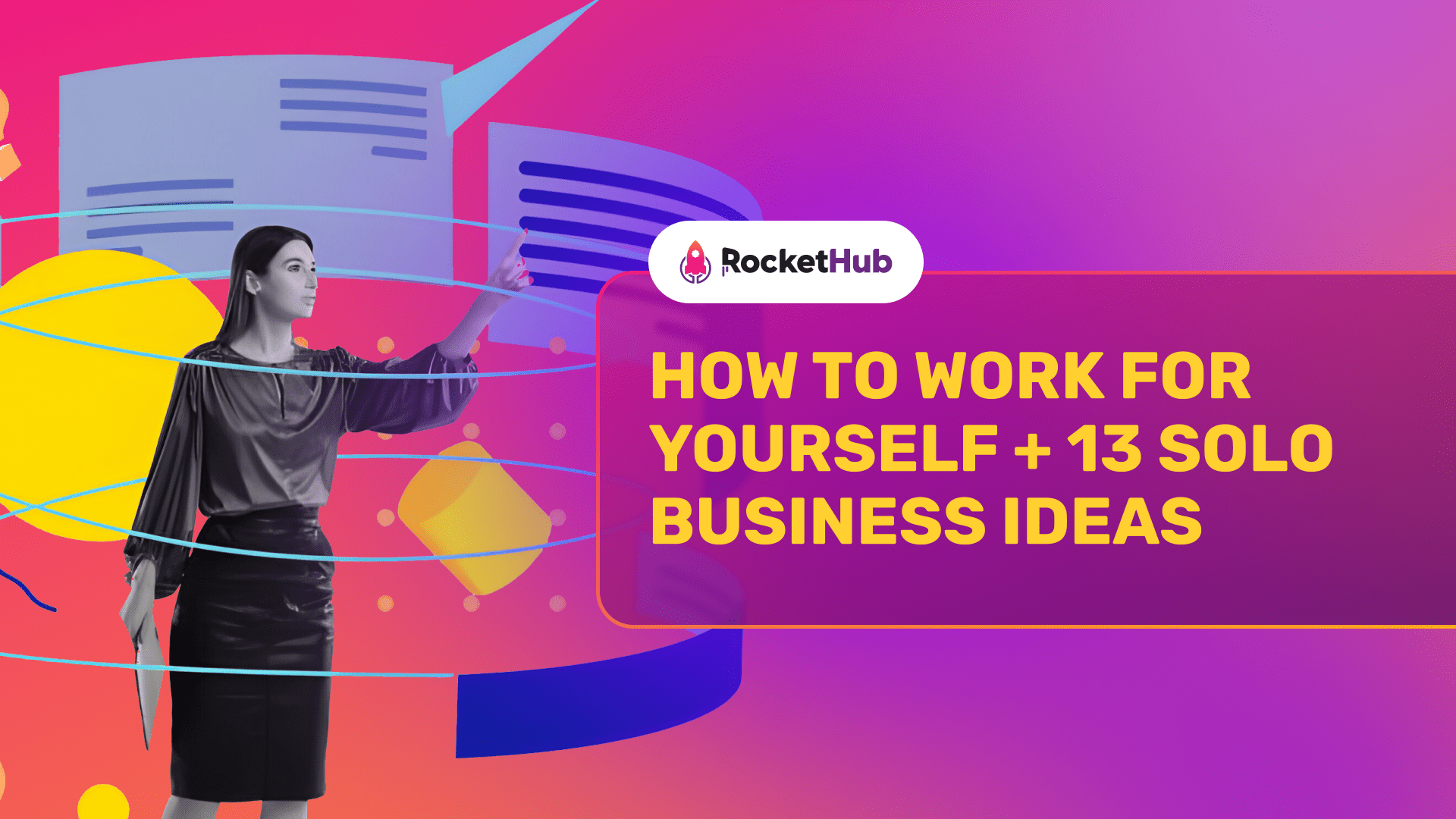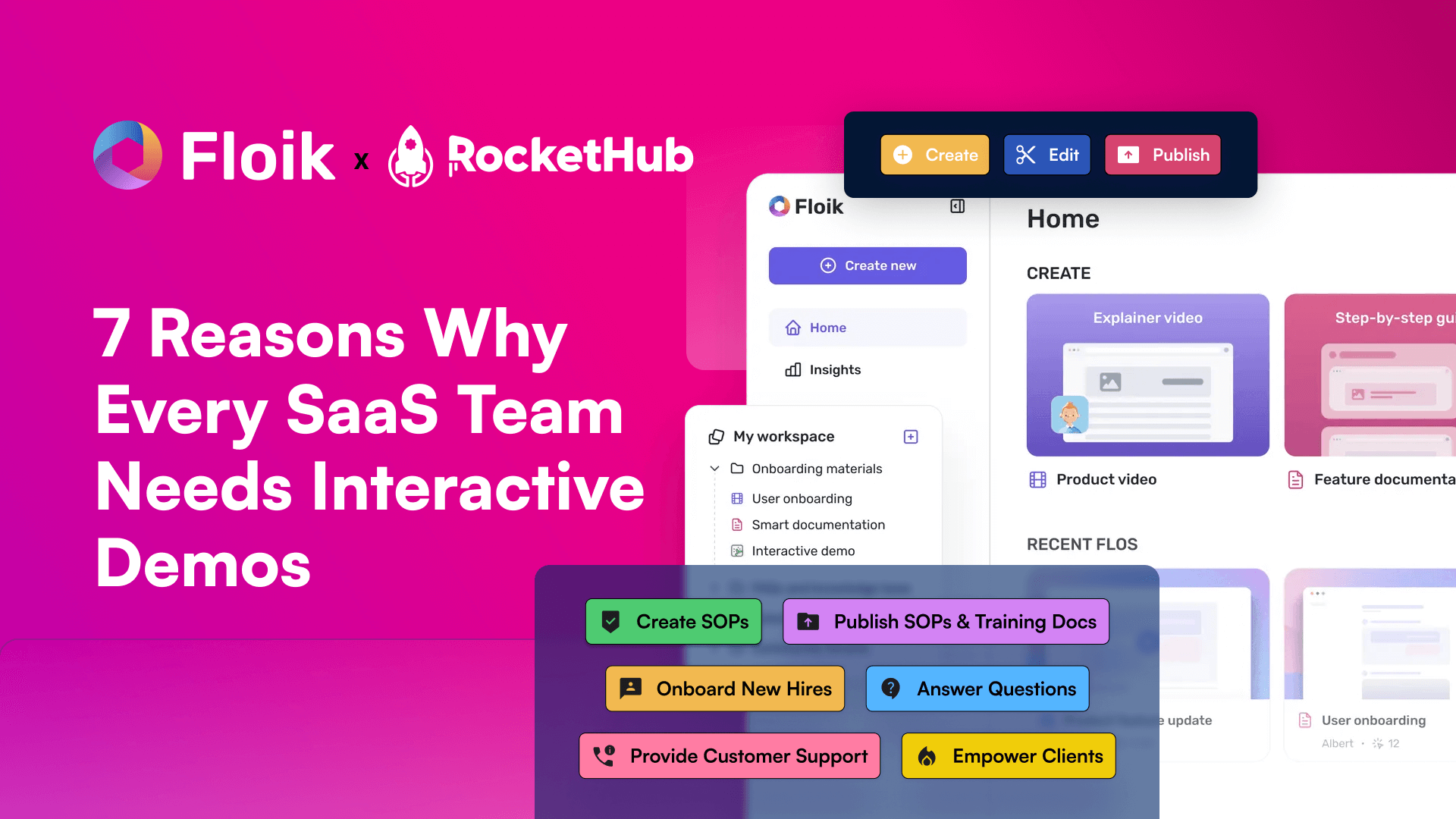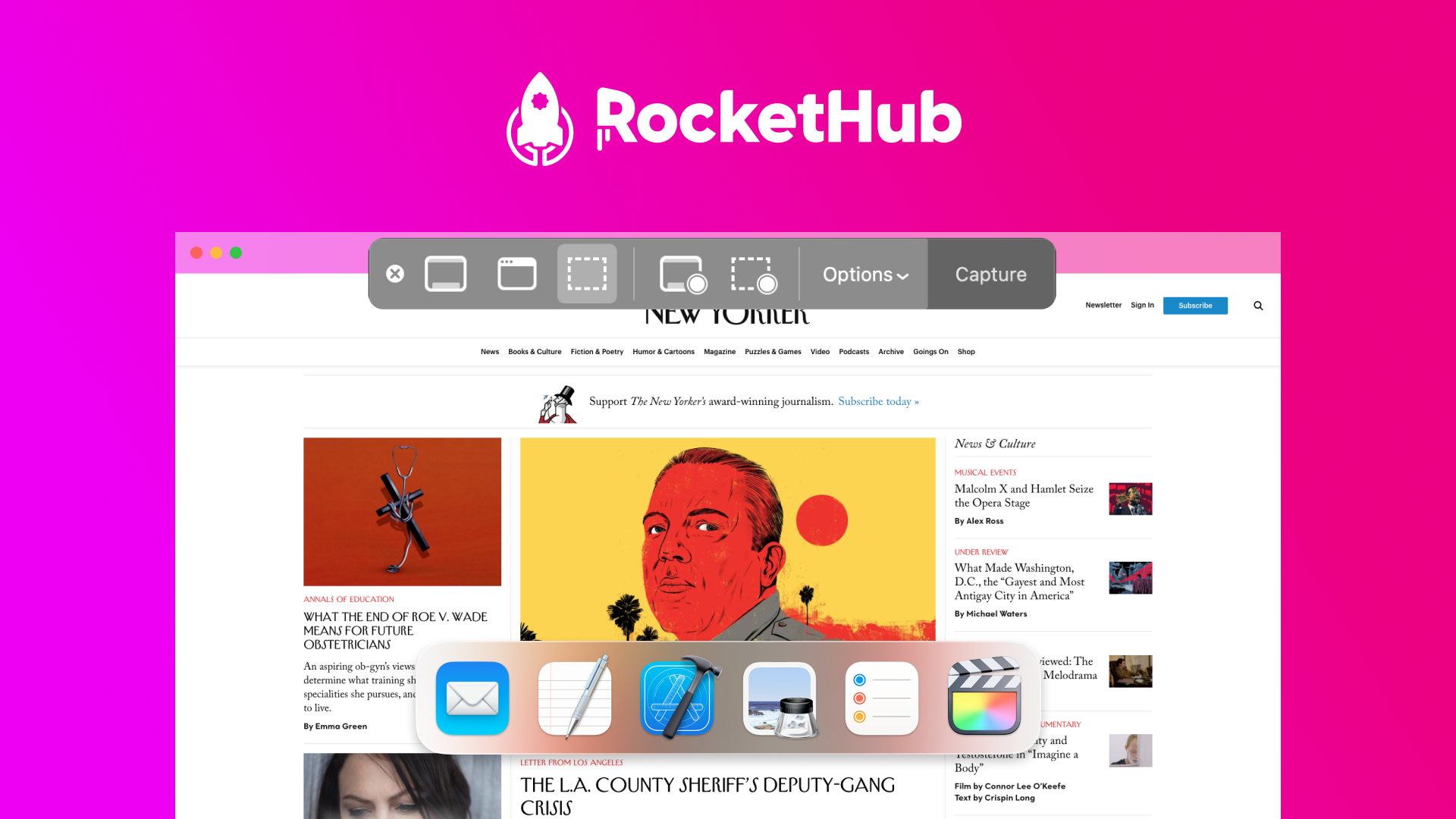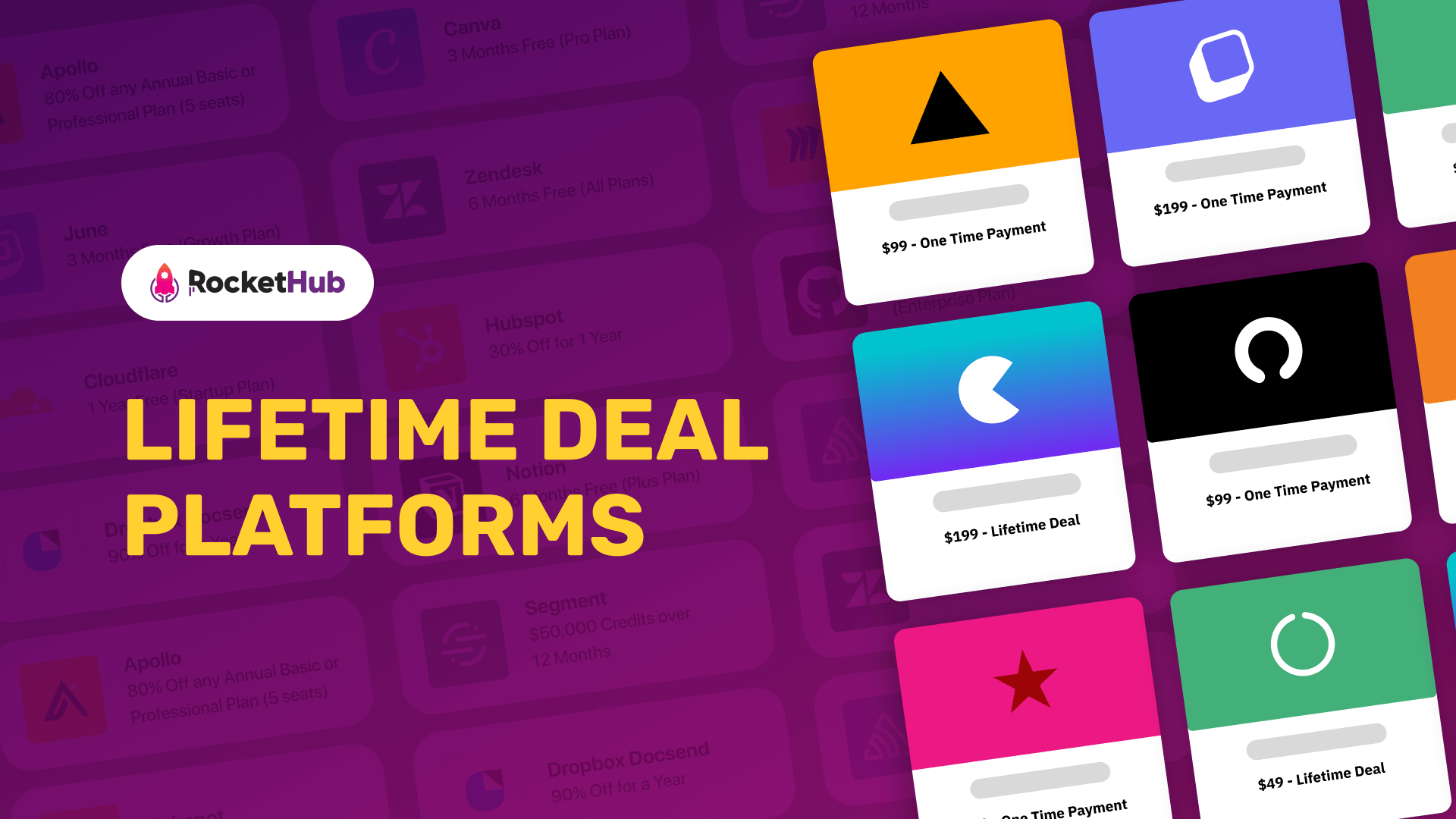
How to Solve SaaS Data Migration Challenges in 2022
- Angel Alfred
- November 1, 2022

The cloud can be a critical element of an organization’s competitiveness, but the journey to cloud transition is full of technological and strategic challenges. In this blog, we will guide you seamlessly through the process of solving SaaS data migration challenges.
Solving SaaS Data Migration Challenges
If an enterprise replaces its on-premise applications with SaaS applications, it also needs to migrate its most valuable asset, which is data, to the cloud. Data migration is the process of extracting data from a source system and loading it into a target system.
The data migration target system can be hosted either on-premise or in the cloud. Challenges and problems are inevitable, but below are the few steps and measures that will guide you to transfer or migrate your data to a SaaS work model, and techniques to fix the challenges along the way.
Understanding App Infrastructure
First off, Application infrastructure includes all of the computational and operational infrastructure and components that are necessary to manage the development, deployment, and management of enterprise applications.
There is no general model for application infrastructure design. Rather, the developers of an application design an application infrastructure that is suitable for supporting the unique features, capacity, and demands of the application.
A few examples of these things are communication services, such as voice, email, messaging, and collaboration tools. Networking, basic connectivity such as wired and mobile internet, and data processing, such as cloud computing platform that allows data processing to be scaled up and down.
Data storage includes cloud storage and databases and much more.
Develop a Solid Transition Roadmap
You already know that inbound marketing can help potential customers make an informed decision, but what kind of content do you provide to put their minds at ease about the potential pitfalls of the data migration process?
The first step is to talk to your sales department. It’s always a good idea for the marketing team to chat with the sales team to find out what the concerns and obstacles to purchasing are for prospective customers.
If your product is new on the market, you can check out the social media platforms of your competitors to find out about their customers’ concerns and requirements. Checking into forums is also a good way to do a little market research.
Once the pain points have been identified, you can start developing a creative inbound marketing strategy to attract, engage and delight customers with content that is relevant to them. This can take the form of writing blog posts, producing video tutorials, or hosting introductory informational webinars that address specific points.
Consider and Prepare for Potential Challenges
Identifying and understanding the challenges your prospects face when they are considering buying your SaaS product will allow you to create content to alleviate their concerns.
A good strategy for addressing these issues is through a series of blog posts that are grouped into topic clusters, and the best way to build an effective topic cluster is, to begin with, a pillar page.
Create a Data Migration Plan
Google’s rules on SEO are constantly changing to help deliver more relevant results to search queries. And this is where developing topic clusters and a pillar page comes in handy for SaaS inbound marketing strategies.
In the past, companies would publish blog posts that focused on individual keywords or keyword groups to help their blog posts rank well in search. Now, the algorithms have been developed to scan for context in posts, and they also look at the blog post history as a factor of quality.
For example, if your company publishes a single post on the automated migration process, the Google bots classify this post as less valuable than a post on the same subject that is linked to a series of posts on data migration, hence the advantage of the topic clusters.
This makes sense when you stop to think about it; if you were a wildebeest searching for a new, top-quality pasture; would you choose the location that has only grassland, or one that has grassland, shelter, and water?
Although Google looks for quality over quantity, in this case, a series of quality posts is recognized as providing more value for the searcher, while positioning you as an authority on the subject.
Keep Existing SaaS Users in Mind
When it comes to marketing SaaS products, one of the major challenges for clients switching to a new system is the data migration process.
So it makes sense to create a pillar post on data migration; this provides a solid foundation for a series of granular and detailed posts that focus on the buyer’s data migration points and provide valuable information.
Develop a Solid SEO Preservation Strategy
Sixty-four percent of searchers use conversational queries that are 4 words or over, so when incorporating keywords into your posts, think about the questions prospective customers are most likely to ask.
For example, they might ask “Switching from [existing product name] to [your product name]”, “How long with a data migration process take?”, or “What is the bulk API limit?”, or they may even just search for “Tools migration”.
Doing a little keyword research to understand what kind of queries buyers are using can not only help you in terms of keyword use but can also inspire blog posts that meet their requirements.
The amount of information you provide that will help buyers navigate the SaaS landscape will start to build a trusting relationship. You will become their go-to source for information on data migration, and eventually, they will trust your product as much as they trust your blog for information.
All marketers know that people buy with emotion and justify the purchase with logic. So, all you have to do is publish content that follows the golden rules of ethos, pathos, and logos.
Deploy First on Staging Environment and Observe/Rectify Possible Issues
SaaS solutions are typically delivered from a public or hybrid cloud model accessible over the internet as compared to on-premise local networks.
Consequently, during a data migration, key business data assets, such as customers, products, orders, and billing data, are also transferred over the internet to the cloud, making these data migrations more vulnerable than on-premise data migrations. Added security is important when migrating data to the cloud.
Additional security measures should be incorporated into the data transfer process to address any concerns. In addition to data decryption and encryption, you may want to think about setting up and configuring private network connections and proper authentication and authorization functionalities.
These measures should be included in the upfront data migration requirements with the CSP, as mentioned above. These security measures, however, will affect performance in the data transfer process.
To verify that sufficient network and computing performance is available, it is recommended to execute an end-to-end data migration performance test while considering the security measures.
In the “as a service” cloud model, these technical variables are typically managed by the cloud service provider (CSP). It is important to align technical data migration requirements explicitly upfront with the CSP.
For example, if it’s not already available, request a batch import functionality. Leading CSPs generally provide data ingestion tools that cater to uploading significant data volumes to their platforms, so finding the best data ingestion fit is a good criterion to include when selecting the right CSP.
A separate data migration support contract, in addition to the agreed-upon SLA, is a good way to arrange the more intensive support needed during the data migration period. A temporary hyper-care support model can ensure a quick response time in changing database and/or server configurations according to the needs of the data migration performance.
It can also provide monitoring performance and environmental stability during the data migration period. Note: the flexibility to change these configurations also depends on whether the SaaS solution is deployed on a dedicated or shared cloud environment.
Notify All Stakeholders Beforehand
No matter which flavor represents a chance to reexamine the infrastructure profile of your application. The move to SaaS and the availability of new AWS infrastructure constructs provide you with a natural opportunity to bring new dimensions of scale and availability to your solution.
It may also enable new capabilities that were previously constrained by your prior environment.
There are many new technical and operational options to consider as you move to AWS. The array of computing, storage, scale, and availability models supported by AWS can open up new realms of design and architecture for your solution.
The move to AWS often introduces new dials and nobs that you can use to optimize the performance and cost profile of your solution.
Operationally, organizations will often use this migration as an opportunity to shift more of the management, scale, and availability burden to AWS, thereby freeing up resources to focus more time and energy on their own SaaS applications.
The key takeaway here is that migration is about transforming your business. It’s about starting your path toward SaaS in a way that seeds the environment with technical, operational, and cultural changes that will establish a solid SaaS foundation and will align your technology and mindset with your longer-term agility goals.
Final Thoughts
We hope that by now you have learned how to put your customer’s minds at ease about the potential pitfalls of the data migration process. By following all of these steps given above, you’re on track to be able to fix all your SaaS challenges!
Share This Post
Angel Alfred
Angel is a digital marketer, a mental health speaker, and above all, a writer. She loves being a part of the RocketHub team and is keen on learning and taking over new challenges every day!
Table of Contents
Get The Latest Updates
Subscribe To Our Weekly Newsletter
Sign up below to be one of the first crew members onboard and get early access to amazing deals.
Recent Posts


Social Media
Categories
Related Posts
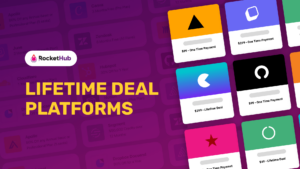
Lifetime Deal Platforms
The best lifetime deal platforms for software. Platforms lik RocketHub scour the web for the highest quality products to bring buyers the best lifetime deals on their platform.
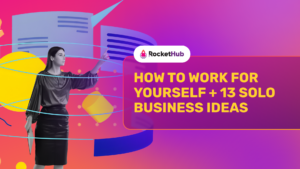
How to Work for Yourself + 13 Solo Business Ideas
Do you ever wonder if being your own boss could truly set you free? In this article, we’ll explore the theory that unleashing entrepreneurial freedom
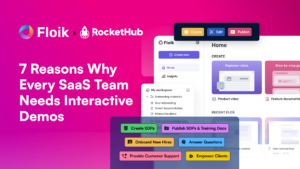
7 Reasons Why Every SaaS Team Needs Interactive Demos
Making a Case for Interactive Demos: 7 Reasons Why Every SaaS Team Needs Them Let me paint a scenario for you. You want to buy
